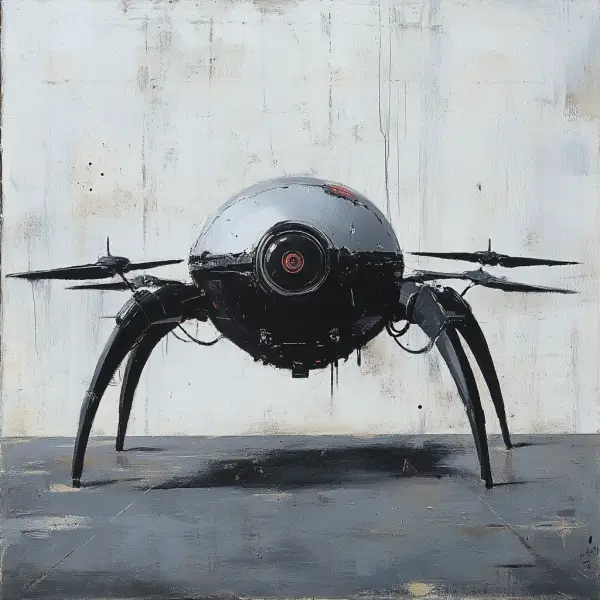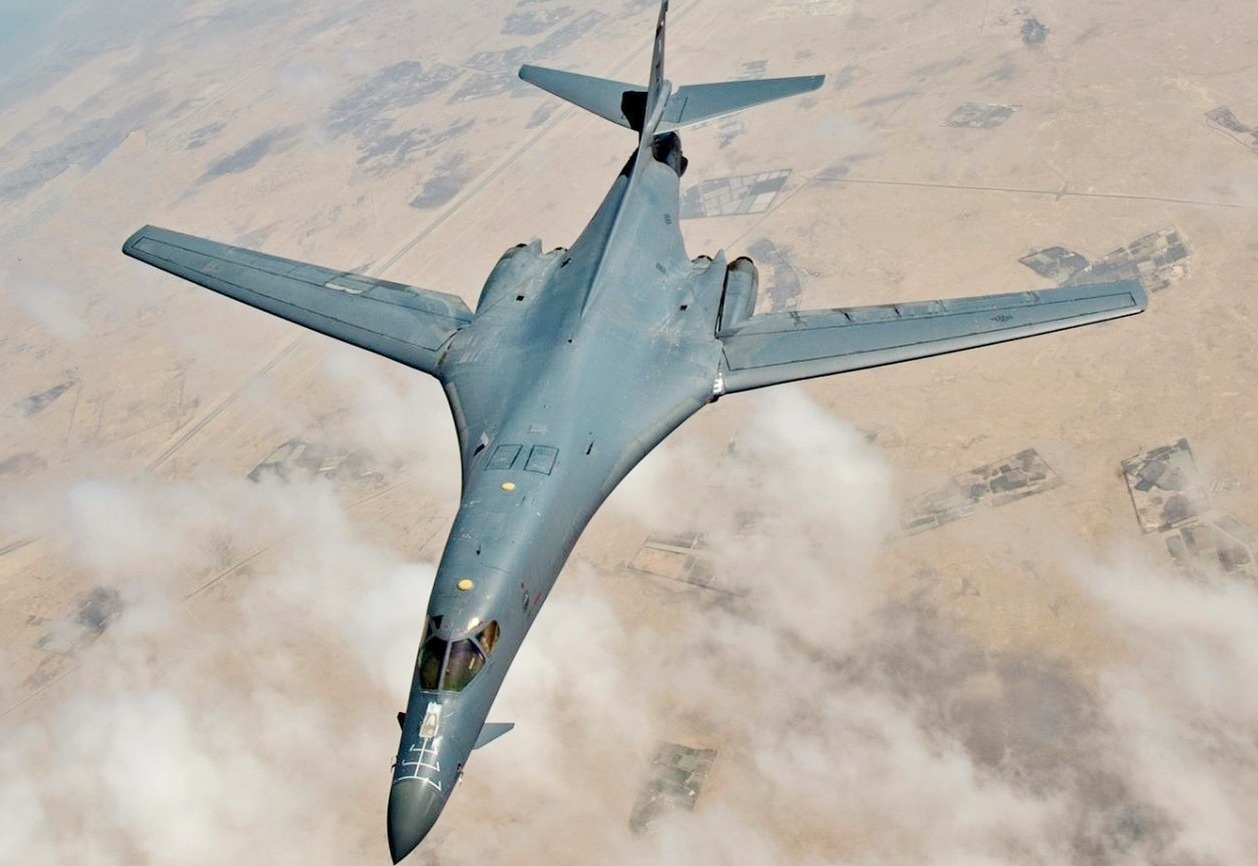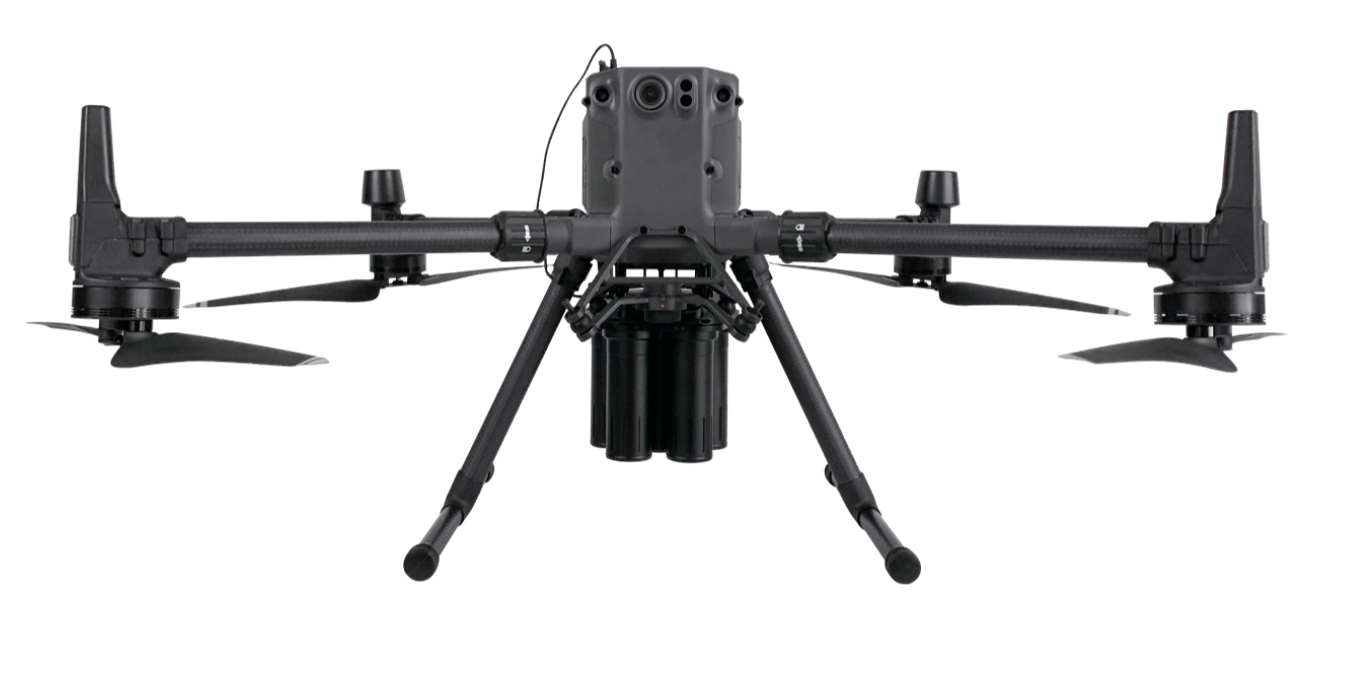The Rise of Drone Technology
In recent years, drone technology has rapidly evolved from a niche hobbyist pursuit to a cornerstone of modern surveillance systems. As global interest in both security and privacy grows, the use of spy drones – unmanned aerial vehicles equipped with sophisticated cameras and sensors – has become particularly relevant. Whether for law enforcement, military operations, or even private security, drones are changing the way surveillance is conducted.
Drones in Modern Surveillance
Spy drones offer numerous advantages over traditional surveillance methods. They provide real-time data, can cover large areas quickly, and offer perspectives that were previously challenging or impossible to achieve. This makes them invaluable for a variety of applications, from patrolling borders to monitoring urban areas for crime prevention.
Key Features of Spy Drones
Spy drones are equipped with a variety of advanced technologies that make them uniquely suited for surveillance:
- High-Resolution Cameras: Capable of capturing detailed images and videos even from high altitudes.
- Thermal Imaging: Allows for operation in low-light or night-time conditions.
- Long Battery Life: Ensures extended mission durations without the need for frequent recharging.
- Autonomous Navigation: Advanced AI-based systems enable drones to operate independently, following pre-set flight paths or responding to real-time data inputs.
Table 1: Common Specifications of Surveillance Drones
| Specification | Details |
|---|---|
| Camera Resolution | Upto 4K and beyond |
| Flight Time | 30 to 70 minutes |
| Range | 5 to 10 kilometers |
| Weight | 0.5 to 3 kilograms |
| Price Range | $500 to $5000+ |
Applications Across Sectors
The deployment of spy drones spans various sectors. In agriculture, they provide vital data on crop health and yield predictions. In disaster management, drones assess damage and locate survivors without risking human lives. Moreover, in wildlife conservation, drones help monitor endangered species and track poachers in remote locations.
Ethical and Privacy Concerns
While the benefits of spy drones are clear, their use raises significant ethical and privacy concerns. The potential for unauthorized surveillance and data collection poses a risk to personal privacy, leading to calls for strict regulations and transparency in drone operations. Privacy advocates emphasize the necessity of establishing clear guidelines on the deployment and data usage of spy drones, ensuring that they do not infringe on individual rights.
Regulatory Landscape
With increasing adoption, governmental bodies worldwide are grappling with how to effectively regulate drone usage. Current policies vary widely, with some countries implementing comprehensive restrictions and licensing systems, while others are still developing their frameworks. Achieving a balance between technological advancement and privacy protection remains a key challenge.
Technological Innovations and Future Trends
The future of spy drones looks promising, with continuous advancements in AI, battery technology, and materials science. Innovations such as swarm technology, where multiple drones operate in coordination, could revolutionize surveillance methods further. Integration of drones with traditional security systems is likely to create more comprehensive solutions, enhancing both safety and efficiency.
Embracing or Regulating the Rise?
As spy drones become ingrained in varied aspects of modern life, the ongoing dialogue among technologists, policymakers, and the public will be crucial. The future of surveillance will depend not only on the capabilities of these machines but also on how society chooses to embrace or regulate their integration.









